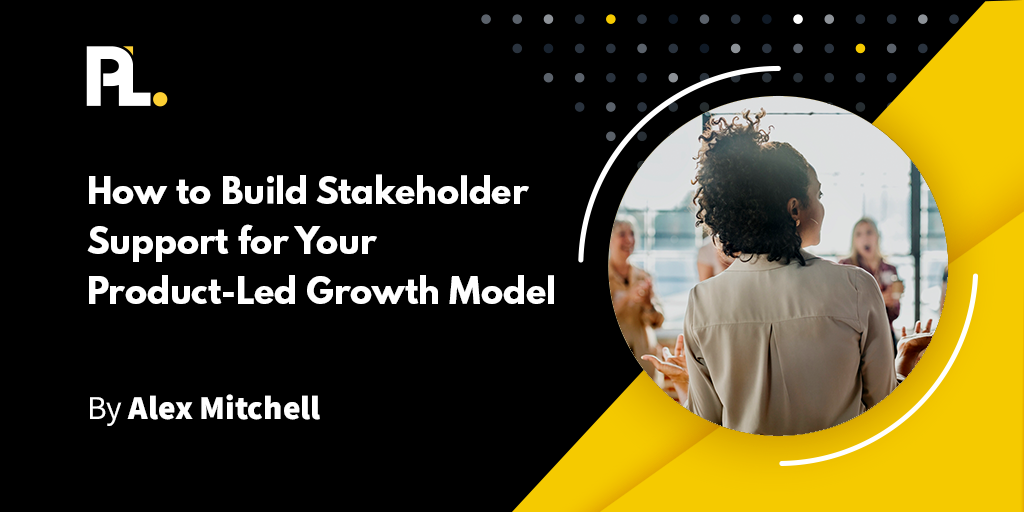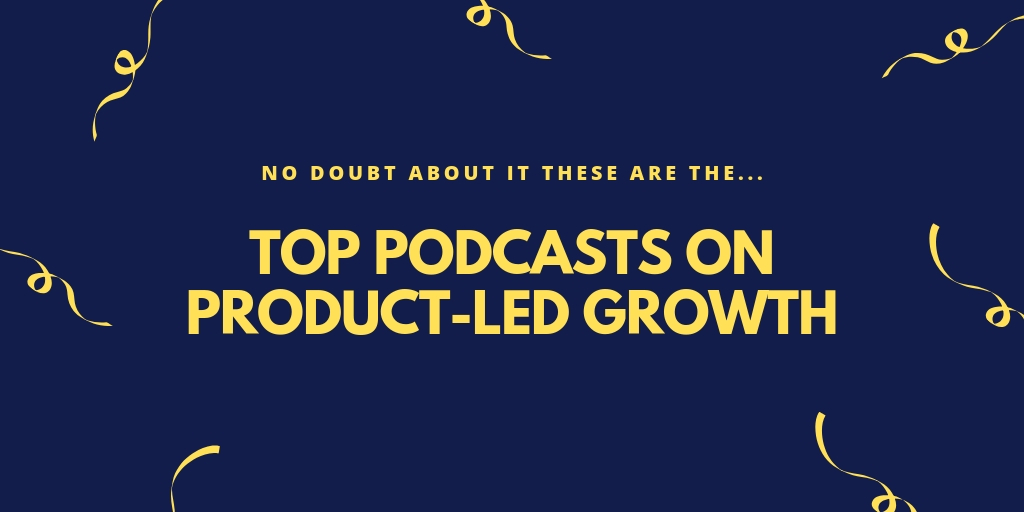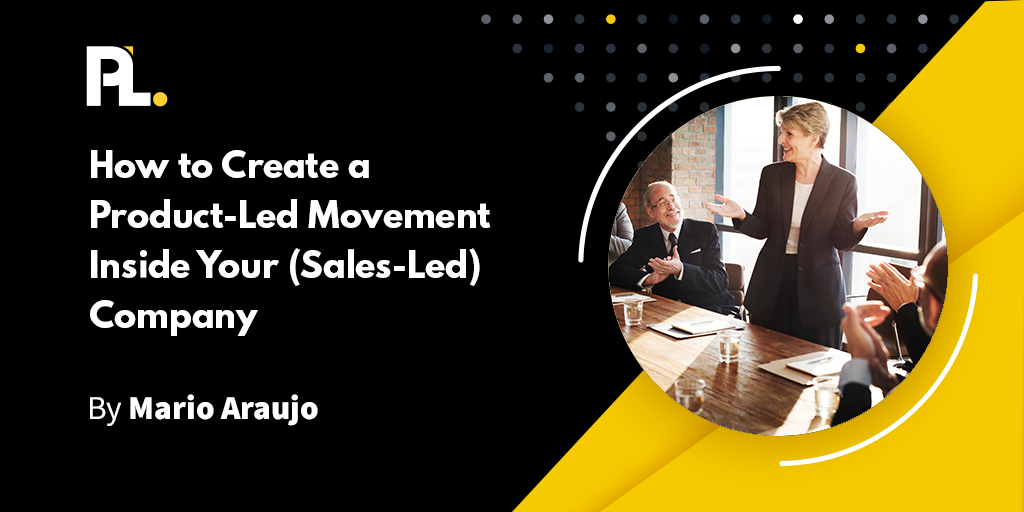
One of the questions I hear the most from people curious about our program is, “What’s the difference between Wes Bush’s bestselling book “Product-Led Growth: How To Build A Product That Sells Itself and the ProductLed Accelerator Program?
Wes Bush’s book has become the “go-to” beginners guide to product-led growth and provides a comprehensive breakdown of:
- The core principles of product-led growth
- Decision frameworks
- Common mistakes
- User onboarding framework
- Pricing strategies
- Fixing leaky funnels
- & tips for forming an internal product-led growth team.
Most companies that decide to install the strategy want to take the most direct route possible to:
- Decrease acquisition costs
- Shorten the customer sales cycle
- Increase upgrades
- Decrease churn
- Increase retention
- Turn users into lifetime champions of their products
The hard part is that each product-led growth strategy is highly individualized, as is the road to achieving these results…
And what the book doesn’t cover (and no book is big enough to cover) are the complexities of real-life scenarios that leave us with so many uncertainties and doubts we get “analysis paralysis.”
A PLG strategy is like a well-made Italian suit. It’s tailor-made for your company, so it fits just right.
Here are a few key examples of what makes this strategy so individualized.
- What does end-user success look like for your key segments and your product? This answer will guide you to your ideal product-led growth model.
- The correct product-led growth model is the backbone of any successful strategy. The wrong model could bankrupt your company, and the right one could help pad your bottom line within weeks.
- How do traditional roles shift with this strategy, and what can you do to foster team collaboration? This is key in failing efficiently and quickly to help you find your onboarding sweet spot with the right user segment.
- What metrics should you track, and how should you track them? Unfortunately, there’s not a one-size fits all solution to this question.
- A solid product-led growth strategy is about failing efficiently as a team through a series of experiments. This will illuminate the direct path to end-user success. But what experiments should you focus on? And what indicators should you watch for?
- How do you know what to give away for free? How do you monetize your product(s)?
After working with hundreds of companies, we developed the ProductLed Accelerator, an experiential learning program with team onboarding and strategy building built into the process, guaranteed to alleviate doubts and help you skip the expensive trial and error phase.
Our 4-week ProductLed Accelerator Program requires a time commitment of approximately five hours per week and includes a mix of on-demand videos and live meet-ups for Q&A and to help lift blocks.
Here’s what you can expect to learn each week.
Week 1: Define Your Promise to Your Users
Most companies we meet tend to think they know everything there’s to know about their user segments and don’t see how it connects to conversions and monetization. But a few pointed questions later, it becomes clear that most companies need to dig a bit deeper. Week 1 is where you dig deeper into your audience than you ever thought possible and pull out the clues you need for a successful product-led growth strategy.
Week 2: Identify The Best PLG Model For Your Business
The right product-led growth model can help your company become an efficient growth engine, and the wrong model can quickly bankrupt your company. In week two, learn how to match the appropriate product-led growth model to your unique product and user segments.
Week 3: Build a Straight-Line Onboarding Experience
A huge benefit of product-led growth is a shorter sales cycle. This week is dedicated to increasing your user's time-to-value, mapping your user journey, eliminating unnecessary steps in your onboarding process, to understand how you can shorten your current sales cycle.
Week 4: Identify Your Pricing Strategy
One of the challenges of product-led growth strategies is identifying which metrics to track. This week you will learn how to identify your value metrics, track your value metrics, and use bumpers to upgrade your users fluidly.
But let's be honest, nobody can get it all sorted in 4-weeks.
This is why the price includes weekly live meet-ups for the entire year, so you can check in and see if you’re on the right track. Sometimes all you need is external validation or fresh perspectives to help:
- lift obstacles,
- generate ideas,
- & get your team moving in the right direction again.
With our team of ProductLed Coaches, we will be there with you each step to ensure you can confidently lead and install a product-led growth strategy.
If you’re serious about executing a product-led growth strategy with your team, you can enroll today or book a private consultation.





















